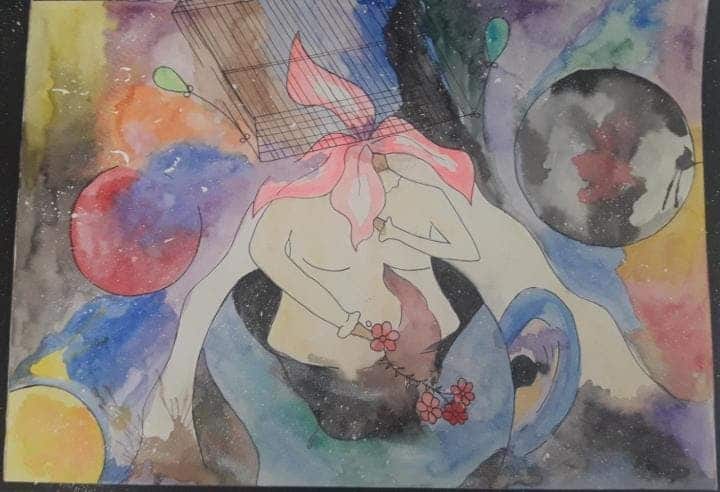
Since the pandemic suddenly upended our lives, there has been a surge of reports from people recalling very vivid, bizarre dreams. In one way or the other, these dreams are connected to the coronavirus and the restrictions the virus has forced upon us. Now, a new study employed math-based computer models to analyze the pandemic dreams, finding connections between what happens in the dream world and people’s mental health during these troubled times.
The COVID nightmares
It’s quite common for a person’s mental and emotional state to become reflected in dreams, with fear, sadness, and anxiety creeping up in various guises.
These sorts of troublesome feelings have been widely reported at the start of the pandemic in early 2020 when things were a lot more frightening and uncertain than they are today. Terms such as “coronavirus dreams” and “lockdown dreams” have been widely used to describe reports on social media and mainstream outlets of important disruptions to dream patterns.
A poll conducted in March 2020 found that 29% of Americans recalled more dreams than usual and 37% had dreams related to the pandemic.
“Had a dream about returning as a sub teacher in the fall, unprepared. Students were having a difficult time practicing social distancing, and teachers couldn’t stagger classes or have one-on-one meetings,” one person wrote on Twitter. “My phone had a virus and was posting so many random pictures from my camera roll to Instagram and my anxiety was at an all-time high,” tweeted another.
In a new study, researchers led by Natália Bezerra Mota, a neuroscientist and postdoctoral fellow at the Brain Institute of the Federal University of Rio Grande do Norte (UFRN), in Brazil, used natural language processing techniques to analyze 239 dream reports by 67 volunteers.
The dream reports were recorded between March and April 2020 using a smartphone app. The reports were then transcribed and analyzed using three different tools, responsible for breaking down discourse structure, word count, and connectedness, as well as interpreting the meaning of the content.
One of the natural language processing tools classed words in certain emotional categories, such as positive and negative emotions. Another tool employed a neural network to identify words that were related semantically to pandemic-related keywords, such as contamination, cleanliness, sickness, health, death, and life.
Perhaps unsurprisingly, this analysis revealed that dream narratives in this period involved a large proportion of terms related to cleanliness and contamination, as well as anger and sadness.
These results strengthen the idea that dreams reflect the challenges of waking-life experience. The prevalence of negative emotions such as anger and sadness during the period reflects a higher emotional load to be processed, the authors wrote in the journal PLOS ONE.
“It’s the first study on the subject to look empirically at these signs of mental suffering and their association with the peculiarities of dreams during the pandemic,” Mota told Agência FAPESP.
“The significant similarity to ‘cleanness’ in dream reports points towards new social strategies (e.g. use of masks, avoidance of physical contact) and new hygiene practices (e.g. use of hand sanitizer and other cleaning products) that have become central to new social rules and behavior. Taken together, these findings seem to show that dream contents reflect the different sources of fear and frustration arising out of the current scenario,” the researchers wrote in their study.
Another striking finding was that women seem to have had more pandemic-related dreams and nightmares.
“There are studies on gender difference in the literature. Women report more negative dreams and nightmares. I think this has to do with women’s history and daily lives, with working a double or triple shift, and the heavier mental burden entailed by concerning themselves with a job plus the home and children. The pandemic has made this worse,” Mota said.









